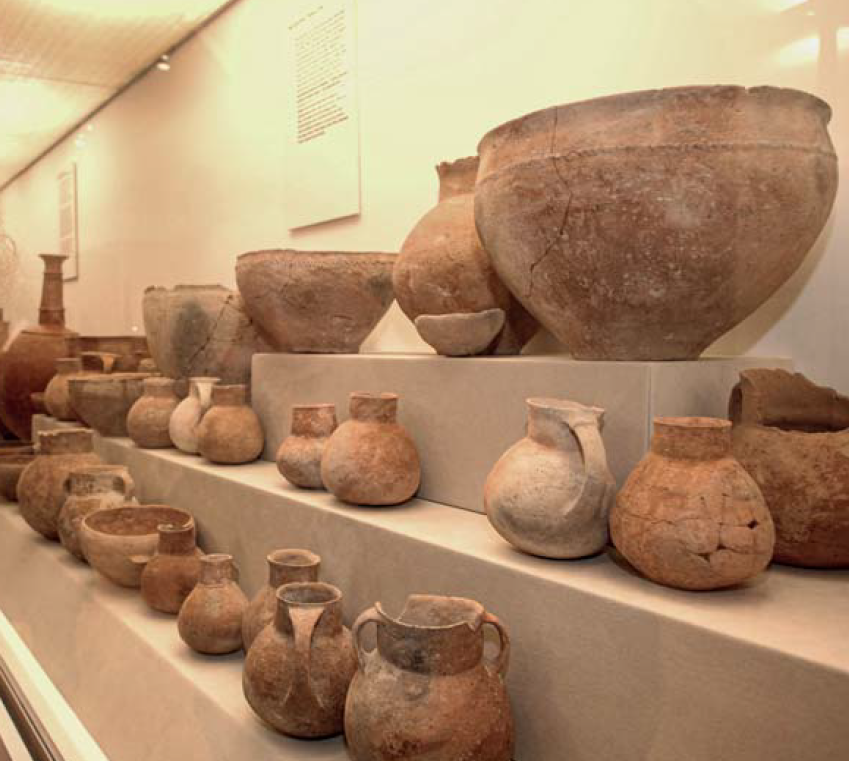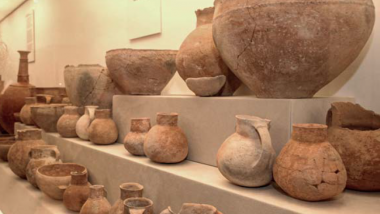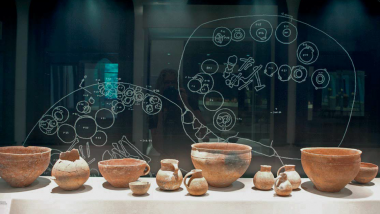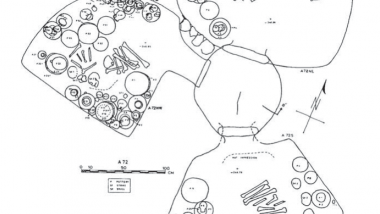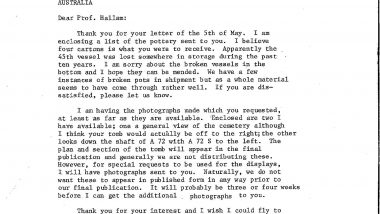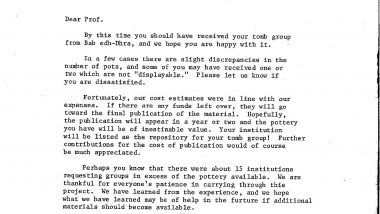References
| ↑1 | Schaub, R. Thomas and Walter E. Rast. 1989. Bab edh-Dhra’. Excavations in the Cemetery Directed by Paul W. Lapp (1965-67). Reports of the Expedition to the Dead Sea Plain, Jordan, Volume 1. Winona Lake, IN: Eisenbrauns. |
|---|---|
| ↑2 | Jamieson, Andrew and Gemma Lee. 2020. Bab adh-Dhra’ Tomb A 72 South, Jordan: Object Biography and Object-Based Learning. Ancient Near Eastern Studies (57): 313-336. |

